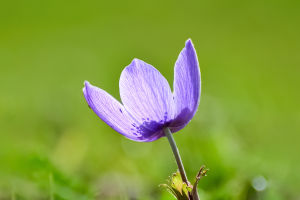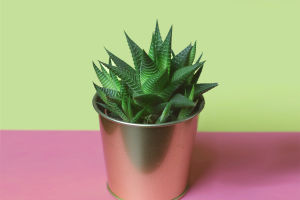The ghost plant (Monotropastrum humile) is a unique and fascinating species found in the temperate and subtropical regions of Eastern Asia, from the Himalayas to Japan.
Dear Lykkers, this plant defies many typical botanical characteristics, as it cannot produce chlorophyll and, therefore, cannot perform photosynthesis. Instead, the ghost plant relies on a special relationship with fungi to obtain the nutrients it needs to survive.
Distribution Map
The ghost plant has a broad range across Eastern Asia, including the forests of the Himalayas and various parts of Southeast Asia. It thrives in both highland and lowland areas, adapting to a variety of forest environments. There are no records of this plant being introduced outside its native range, and it continues to flourish in its natural habitats across these regions.
Care Guide for Ghost Plant
Watering: The ghost plant prefers shaded, moist environments, so consistent moisture is essential for its growth. It benefits from weekly watering, although it is moderately drought-tolerant. Misting regularly helps maintain humidity, especially during the plant's growth cycles. This makes the ghost plant ideal for indoor cultivation, where conditions can be controlled to replicate its natural shaded habitat.
Sunlight: Ghost plant thrives in full shade, mimicking the forest floors it naturally grows in. Unlike many plants, it does not require direct sunlight to survive and grow, making it suitable for low-light environments.
Ideal Temperature: This plant flourishes in temperatures ranging from 20°C to 35°C. It can tolerate both cooler and warmer temperatures, but it is important to avoid extreme fluctuations.
Fertilization: As a mycoheterotrophic species, ghost plant relies on a symbiotic relationship with fungi to obtain nutrients, making traditional fertilization techniques less effective. Instead, you can support its growth by applying a mild, balanced liquid fertilizer at reduced strength during the plant's growth cycles. Over-fertilizing should be avoided, as it can disrupt the delicate relationship between the ghost plant and the fungi. Adjust the fertilization schedule based on the plant's seasonal growth patterns for the best results.
Pruning: Pruning should be done in early to late spring, focusing on removing any dead or damaged areas to improve the plant's overall health and ensure proper air circulation. Over-pruning should be avoided, as it can stress the plant. With proper care, ghost plants will produce vibrant blooms and maintain their longevity.
Propagation: Propagating ghost plants is a delicate process due to their reliance on mycorrhizal fungi for nourishment. To successfully propagate this plant, compatible fungal inoculants must be introduced into the soil to mimic the plant's natural habitat. This will facilitate seed germination and promote healthy growth. Ghost plants are perennial, which means they will continue to grow and bloom year after year when properly cared fo
Scientific Classification
Species: Monotropastrum humile
Genus: Monotropastrum
Family: Heath
Order: Heathers and Allies
Class: Dicotyledons
Phylum: Vascular Plants
Plant Characteristics
Plant Type: Herb
Lifespan: Perennial
Leaf Type: Deciduous
Bloom Time: Early Summer
Plant Height: 10 cm to 20 cm
Ideal Temperature: 20°C to 35°C
With its captivating appearance and intriguing survival strategy, the ghost plant offers a unique addition to any garden or indoor space. By understanding its care needs and providing the right environment, this remarkable plant can thrive and continue to enchant those who encounter it.


